The Most Valuable Items Ever On The Antiques Roadshow
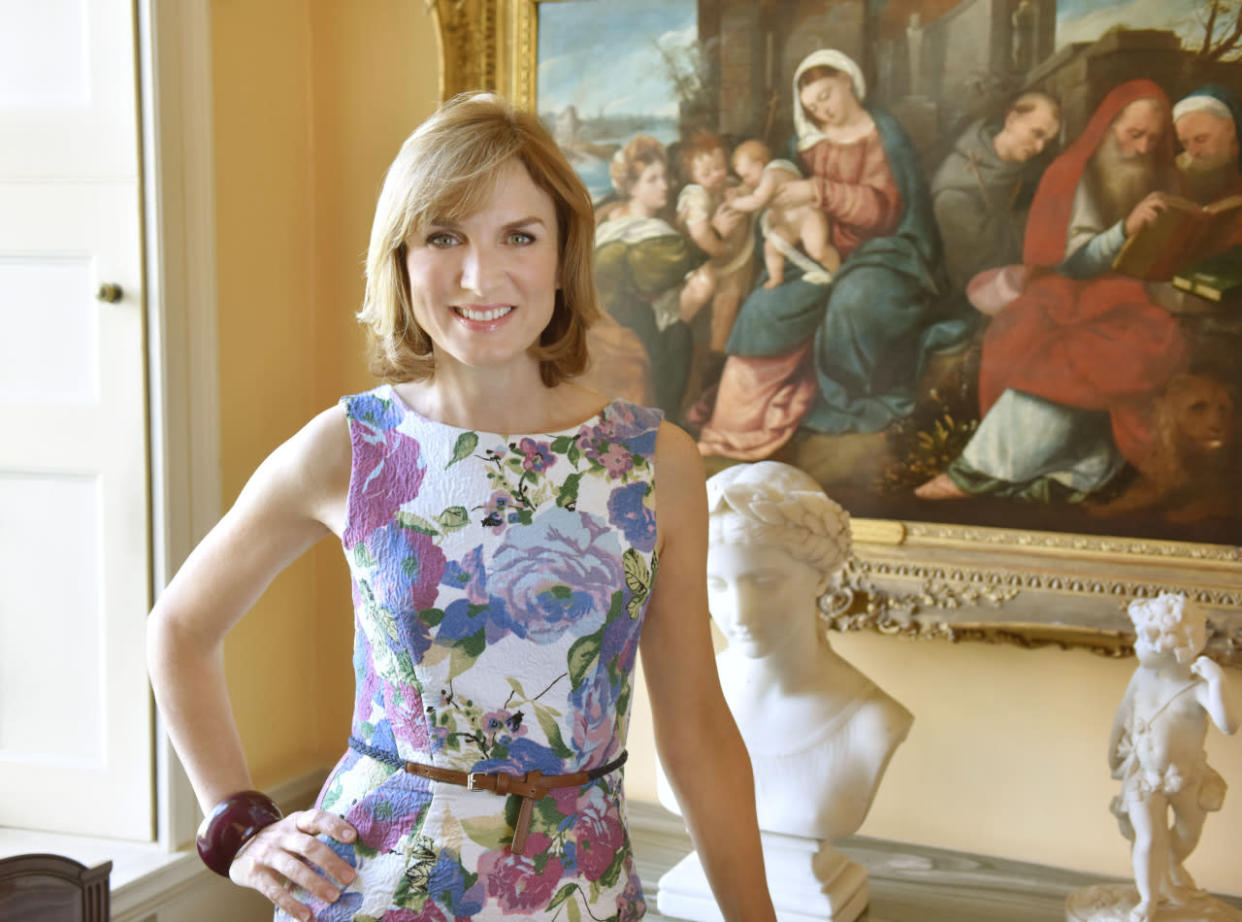
Long-running Sunday evening series The Antiques Roadshow (it’s been going since 1979) has unearthed some astounding treasures over the years, and some astounding stories to go with them. Here are some of the most memorable - and most valuable - items to have been presented to the experts…
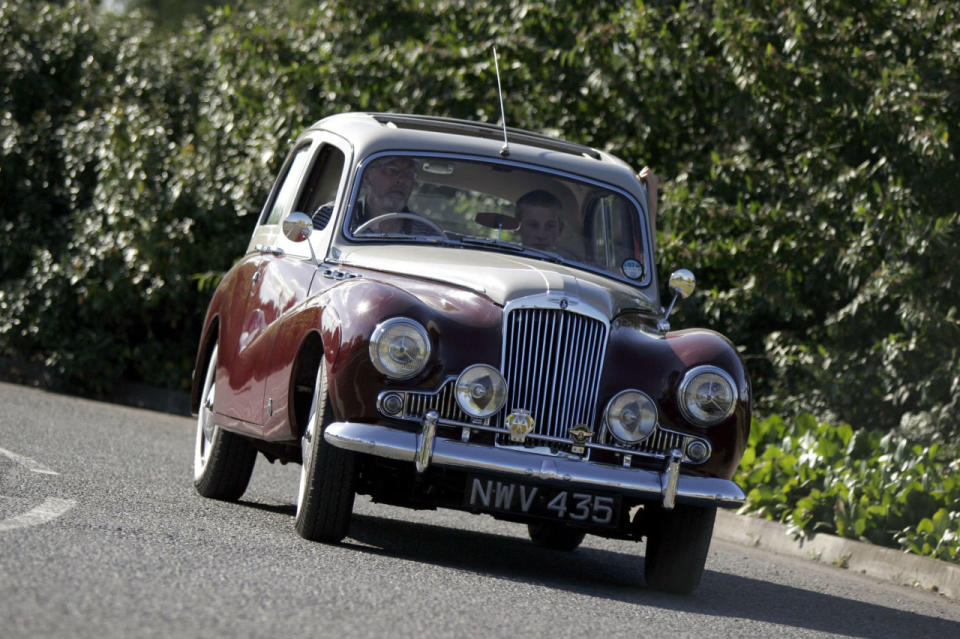
Sunbeam Talbot 90
At Beverley Minster in Yorkshire in 2010, a car which a farmer once used to pull his pigs to market and was found rotting in a barn turned out to be the motor that Stirling Moss won the Charles Ferro trophy at the Monte Carlo Rally in, back in 1953. Car expert Jon Baddeley valued the restored car at £50,000.

Lord Nelson drawing
A drawing of Admiral Lord Nelson that was hung in the entrance to a boarding house at Royal Hospital School in Suffolk was brought to the London Roadshow in 2012. Expert Philip Mould believed it to be the work of Henry Edridge, dating it to between 1798 and 1800, and worth in the region of £100,000.
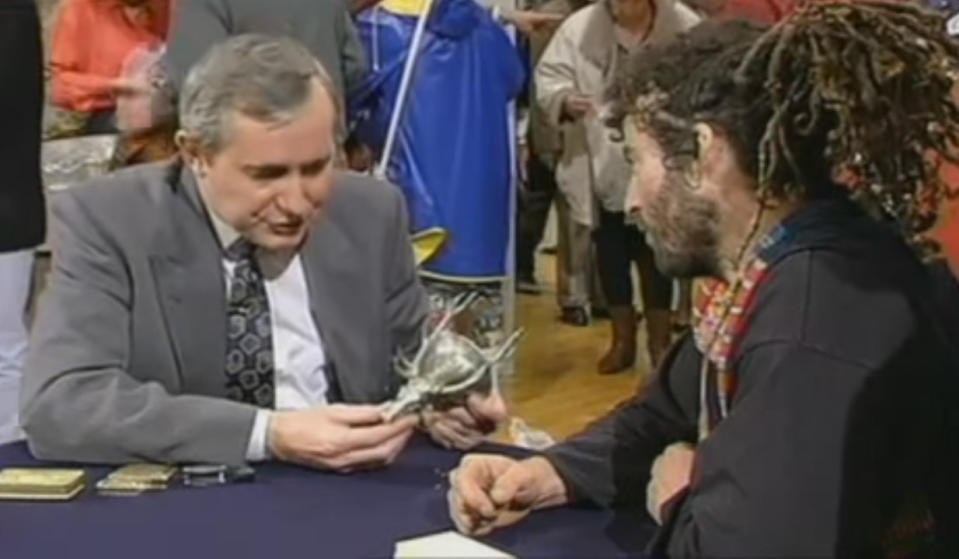
The Crawley Silver
Expert Ian Pickford came across this haul in 1993 in Crawley. Arriving in a carrier bag carried by a gent with dreadlocks by the name of Richard Hobbs, it was a collection including a silver stag’s head cup and a wine taster dating back to the reign of King James I. In all - though Pickford says they didn’t even get through looking at the entire collection - it was given an estimated value of around £250,000.
Charles II Silver
Prior to the model of the Angel of the North, a collection of silver including several maces and a chalice dating back to the reign of Charles II was the most expensive item discovered by the show. Turning up at the Arundel, West Sussex, Roadshow in 2006, it was valued at £300,000 by Alastair Dickenson.
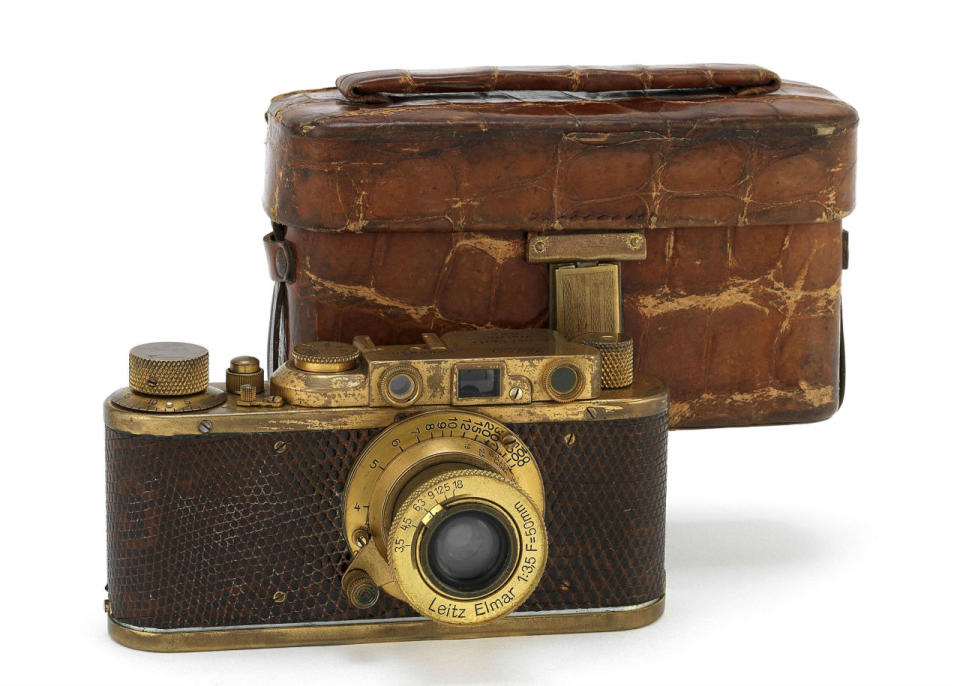
Leica Luxus II
Dubbed ‘the rarest camera in existence’, one of four 1932 special edition Leica Luxus IIs – gold-plated and encased in lizard skin – turned up on the show in 2001. At the time, expert Marc Allum said it could likely have been the show’s 'most valuable ever’ item. Sadly, it failed to reach anywhere near its estimated value of £750,000, making £380,000 at an auction in Hong Kong in 2013.

Anthony van Dyck portrait
Canon Jamie MacLeod took the portrait he’d found in a Cheshire antique shop – and bought for £400 thinking it was likely a fake – to the roadshow in Newstead Abbey near Nottingham. Expert Philip Mould deemed the painting a genuine van Dyck, setting its value at £400,000. Post-Roadshow, MacLeod said that he was considering selling it to fund a new set of bells for his church.

Christofle et Cie Japonisme jardinere
A plant pot that had once been used as a goalpost in the Nurrish household in Grimsby (bought among a job lot of items for £100) was taken to the Roadshow in 1991. Veteran expert Eric Knowles valued the French jardinere, made by Christofle for the Paris Exhibition in 1874, at £10,000 at the time. Keeping it for more than 20 years after showing it at the Roadshow, 68-year-old Terry Nurrish decided to sell it auction in 2014. The hammer came down at Christies for a staggering £668,000.
Fabergé 'kovsch’
Not much Fabergé turns up on the Roadshow, so this piece cause quite the kerfuffle in Dartmouth, Devon. Made from silver, gold and adorned with precious jewels, this drinking vessel was presented to the ward of HMS Talbot by the emperor of Russia in 1904. It was valued at £600,000 to £700,000.
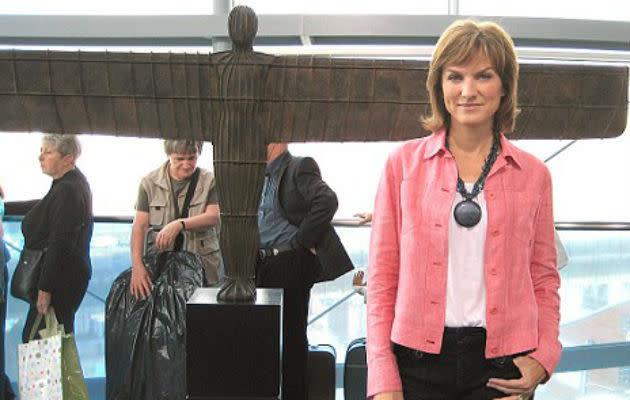
The Angel Of The North
A design model of the spectacular Angel of the North by sculptor Antony Gormley, one of a number that Gormley made to try and win over councillors before it was commissioned, turned up in Gateshead in 2008. It was so heavy, it took five people to carry it in for filming. Belonging to Gateshead Council, it was valued at £1 million, based on a larger model being sold for £2 million at auction.

Unknown item
An item discovered on the most recent series is the most valuable of the show’s 38-year history. It tops the £1 million price tag of the model of Antony Gormley’s Angel of the North. It was discovered during filming at the Royal Hall in Harrogate, Yorkshire, and will be screened in April. All producers will say at the moment is that it’s 'a world famous piece owned by a sporting institution’.
Image credits: Rex Features/BBC

 Yahoo News
Yahoo News 
